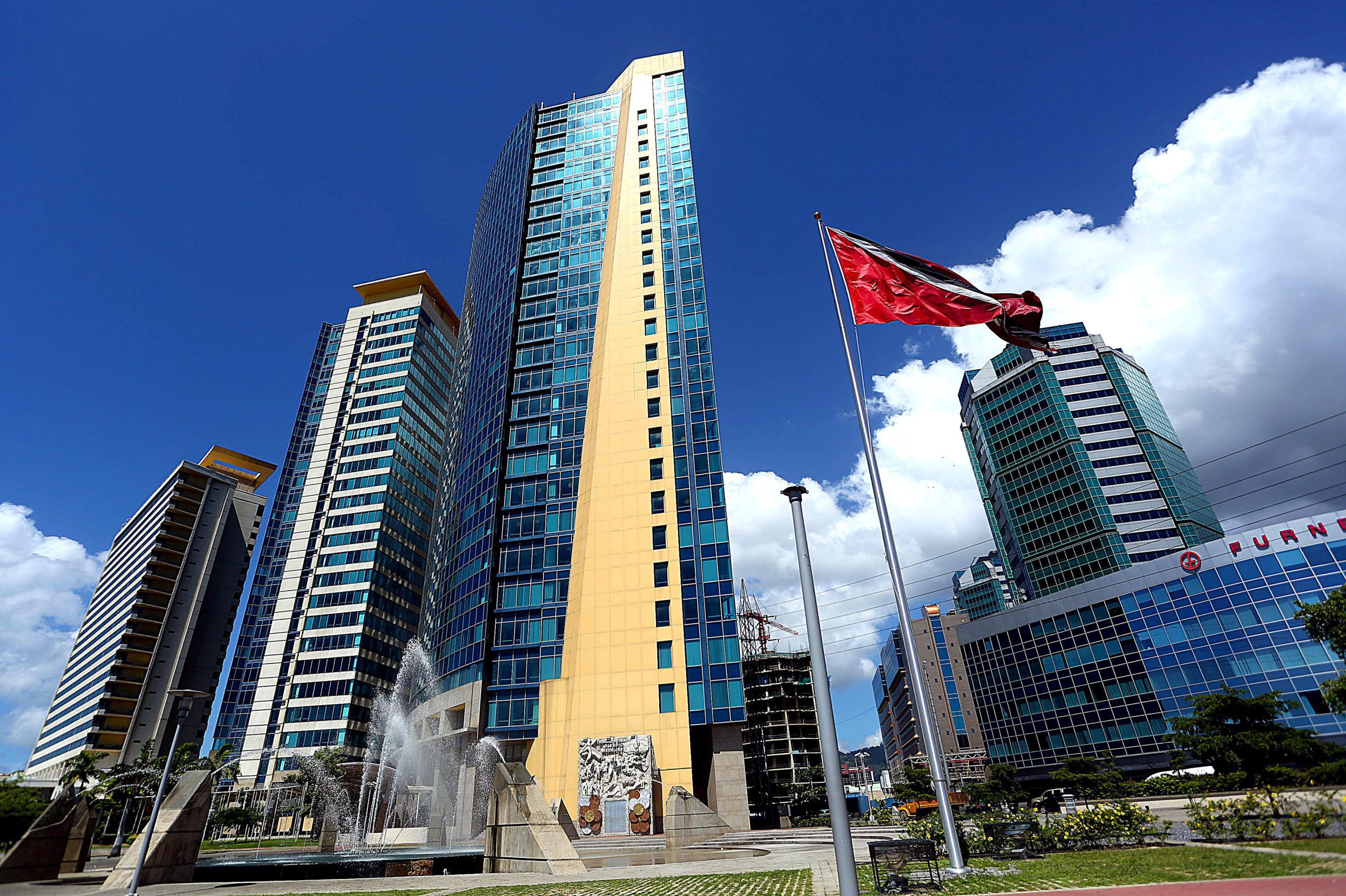In general, there are two types of funding offered by China. The first is in the form of Chinese government grants. Recipient countries do not foot the bill of these projects.
The second frequently tends to come in the form of Chinese-set market-rate loans from Chinese banks. In particular, the China Export-Import Bank (China EXIM) and the China Development Bank (CDB) – two Chinese state-owned banks, have pledged, disbursed or partially disbursed a large proportion of Chinese loans to Caribbean projects and countries.
The banks administer foreign aid loans using subsidies from the foreign aid budget to soften the loan terms. These loans usually have fixed interest rates of 2-3%, maturity of 15-20 years with grace periods, and 2 payments per year. The majority of past and on-going projects in the Caribbean are funded by concessional loans from the China Export & Import Bank.
These loans are often framed as resource-secured loans. In some cases, natural resource exports are used as security to guarantee repayment. In other cases, loans may be contingent on Chinese companies gaining preferential access to a block of natural resources. This block will be developed and the profits from the development will repay the loan.
The benefit of this is that under these types of loans, construction can usually begin right away. Some though compare this practice – the buying primary goods and selling manufactured ones – to be a form of “colonialism”, comparing this securing of raw materials and markets to what the British did in Africa and India in the colonial era.
Resource-secured loans allow resource-rich countries to maximise their resources for infrastructure. Chinese loans also come without the policy conditions that are common in World Bank and International Monetary Fund (IMF) loans. This then creates an environment in which Caribbean countries view Chinese concessional loans more favourably than these other lending institutions.
This form of financing is the main option taken in infrastructure investments in the Caribbean; and can largely be characterised as infrastructure building via bilateral agreements.
This usually begins with the Chinese government’s offer of financing in the form of a loan to the partner government. Though it may not be explicitly stated as such, most often (if not always), these agreements are signed under the condition that a Chinese company undertakes the work. This has been the pattern of Chinese-led infrastructure investments in the Caribbean, in multiple countries and involving a variety of infrastructure projects.
A further troubling area in these infrastructure projects is the issue of transparency in contracting processes. The larger projects that Latin American and Caribbean countries tend to wish to implement also tend to require negotiation between controlling-capital factors, resulting in the government being able to decide who is awarded contracts.
The lack of safeguards such as competitive tendering processes or baseline minimum number of companies needed for a bid to pass enable great peer-to-peer contract negotiations, which disallows the public access to accurate contract pricing and more complete knowledge on how taxpayers’ money is being spent. There does not seem to exist a great deal of transparency regarding these project bids.
Despite the murkiness of it all, business is booming between China and the developing world. According to the Economic Commission of Latin America and the Caribbean, after extractive activities and manufacturing, infrastructure receives the highest FDI flows from China to Latin America, and that over the past few decades, China has invested more in infrastructure in the region than any other country in the world.
Coupled with a dubious-at-best tendering process, and difficulty in obtaining first-source information regarding the hard numbers, this form of financing raises a number of concerns. Namely, that the low interest rates and low repayment plans might result in spending more than the country can afford.
For Caribbean countries, this is a serious concern. Many of these countries battle high debt-to-GDP exchange rates, and the appeal of Chinese loans may be too tempting to resist in the short term, and disregard the possible long term effects of needing to pay off large loans in stagnant economies.
As a result, it remains difficult to both determine the exact dollar amount of debt that Caribbean countries are tied up in, and how much remaining time and amount they have to pay it back. Conservative estimates pose that China has invested approximately $8.25 billion into the English-speaking Caribbean over the past 25 years, with proposed pipeline projects adding a further $8.92 billion to that total.
Main Story: China’s Opaque Caribbean Trail: Dreams, Deals and Debt
